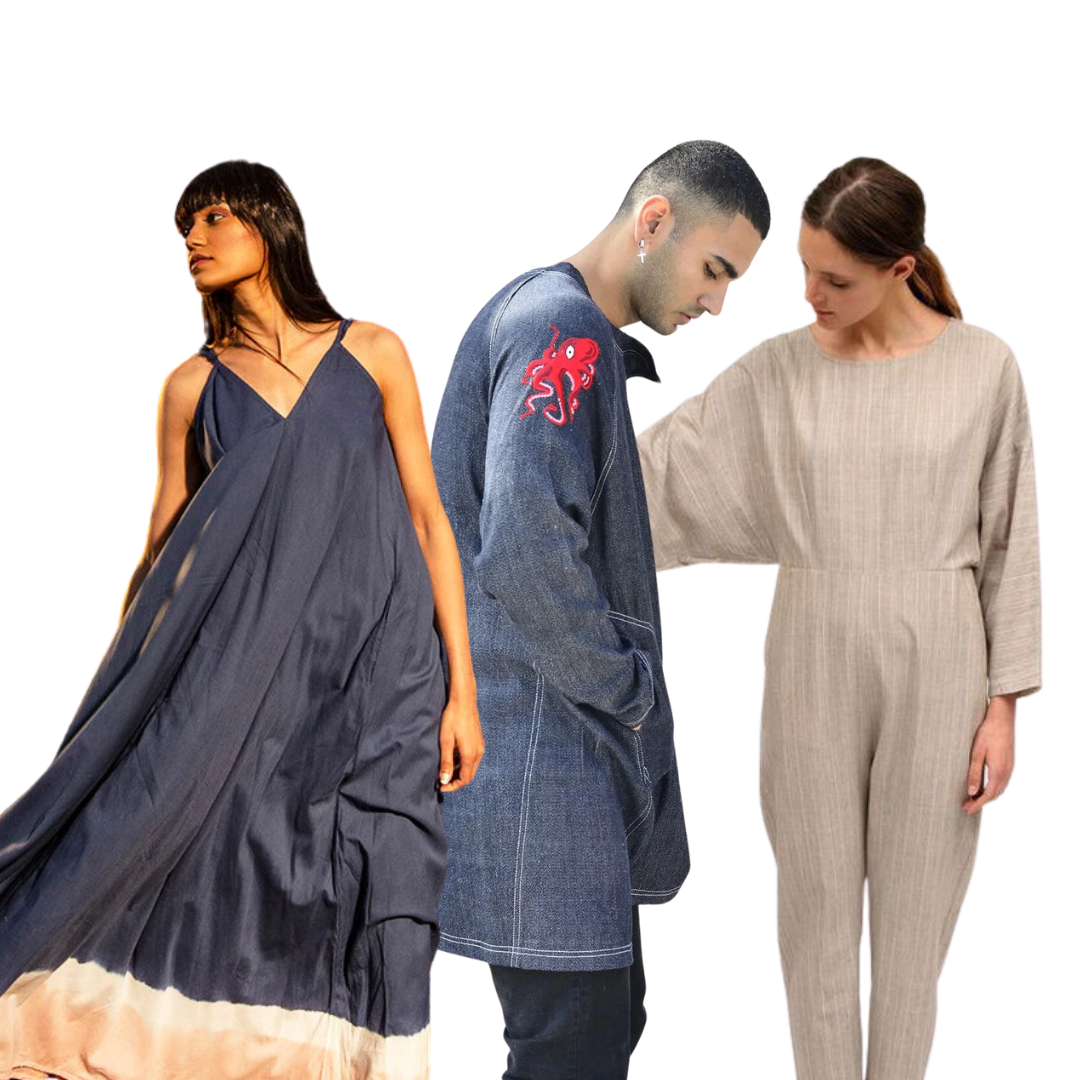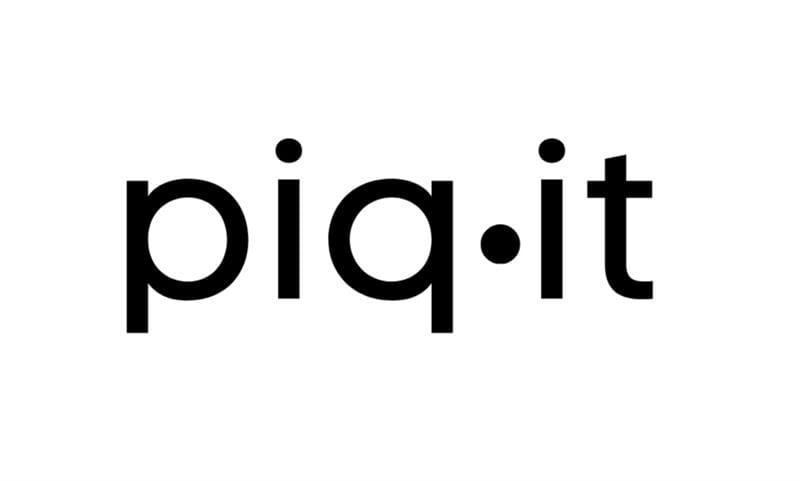KHADDAR- THE SYMBOL OF UNITY

Fabric is a crucial part of a nation's identity. It is created from local flora and fauna resources. Khadi, a natural fibre-based cloth is one such fabric, traces its origin back to Ancient India. Though it was always an integral part of daily Indian life, it gained prominence during the British colonial period.
In May 1915, Gandhi launched the Khadi Movement to revive and resist what the British Rule tried to force out of existence – the hand-spinning and weaving techniques that were true to Indian home industry and culture. Additionally, the charkha, or the spinning wheel was indigenously deployed by Gandhi keeping in mind three things – boycott of British textiles, creation of financial liberty and most importantly a method of nonviolent protest. The charkha was not only a mechanism easily accessible to individuals across the nation, allowing everyone to spin their cloth. It was a symbol – it resolved differences, sowed unity and fueled partnerships.
After India gained Independence in 1947, Khadi continued to hold crucial significance. The Government of India recognised the integral role khadi played in our freedom struggle and employed the Khadi Village and Industries Commission (KVIC) to preserve this traditional craft. Over the years, Khadi has evolved from a cloth to a symbol of self-reliance to a fabric celebrated by the people of India for its history, craftsmanship, sustainability and aesthetic appeal.
Clothes, colour, styles on the other hand, helps identify ethnicity, groups, individuality, professions, or how we represent a country or parts of it. Clothes aren’t just garments for protection, modesty, comfort or fashion; for a country as diverse as India, it’s a part of our rich history, culture and heritage.
In recent years, Khadi has evolved as a fashion statement and a symbol of sustainability. Designers have featured Khadi in different ways, blending traditional cloth with contemporary techniques and styles, using its timeless feel and fine weave to create visually appealing clothes with simple silhouettes. Khadi is an excellent alternative to mass-produced or synthetic textiles as people now choose to be aware of the impacts that their choices can have.
Khadi’s finesse and timelessness have also caught the attention of some renowned designers and fashion brands. One such standout collaboration was between Khanijo and KVIC. Khanijo infused modern sensibilities into traditional khadi, presenting a collection that features contemporary cuts and simple silhouettes. The sharp tailoring of each piece reflects meticulous attention to detail, allowing khadi to resonate with the modern audience locally and globally.
Another brand that added to the khadi narrative is 11.11. Their collection featured 100% khadi cotton, emphasising a sustainable approach to fashion. Making a bold statement with hues of chambray and indigo, the pieces exuded a sense of calm and simplicity. The designers at 11.11 have reimagined khadi for a contemporary wardrobe, showcasing its versatility and appeal.
Akaaro, led by designer Gaurav Jai Gupta, is another innovative khadi brand. Every piece he creates shows Gupta’s deep-rooted love for textiles. His commitment to craftsmanship is reflected in the fact that all fabric produced in his studio at Lado Sarai, ensures a hands-on approach to all aspects of the design process. Akaaro's collections often feature intricate weaves and textures, highlighting the beauty of handmade fabrics.
Runway Bicycle designs prioritise comfort and movement, steering clear of restrictive silhouettes allowing you to look fantastic while navigating everyday activities. This Mumbai-based label emphasises sustainable production, working closely with weavers to craft their fabrics. All their organic cotton is certified by the Better Cotton Initiative, and they predominantly utilise natural dyes, underscoring their commitment to ethical practices.
Khadi stands as a testament to India’s rich culture and history. To us Indians it is not just a fabric, it is a symbol of self-reliance and independence. Khadi continues to weave stories of purpose, uniting past, current and future generations.



